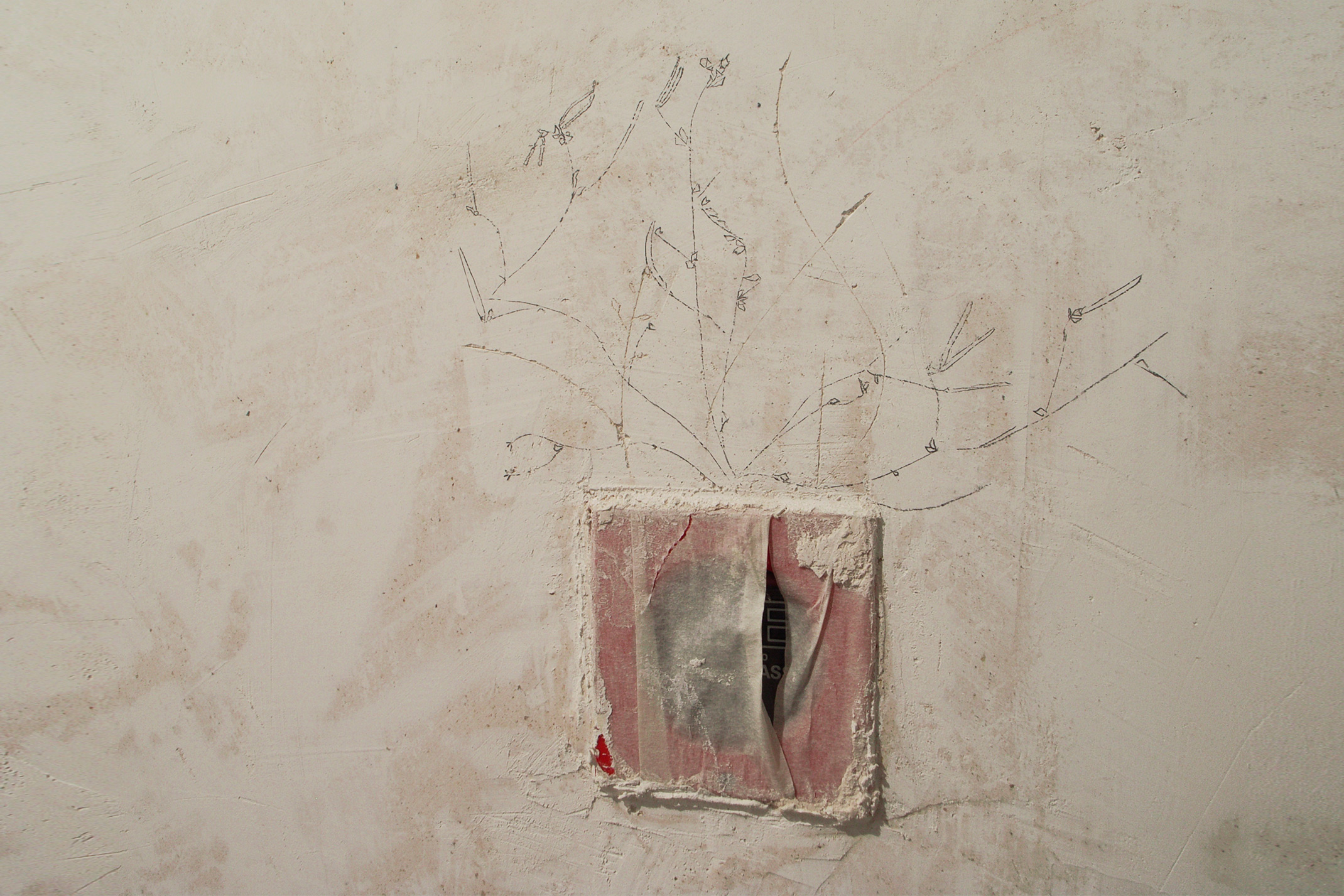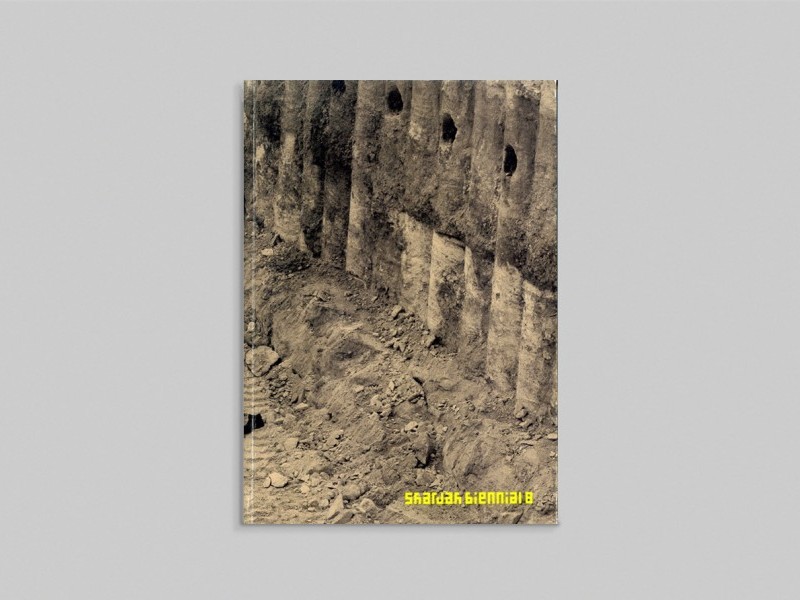
Florilegium, 2007
Jacques Nimki
Florilegium, 2007
Pencil drawings
Installation view
Detail view
search


Jacques Nimki
Florilegium, 2007
Pencil drawings
Installation view
Detail view
Practice
I work from or within the urban environment, using mainly weeds and flowers to examine various ideas: plants looked at but not seen, forgotten in the backdrops of the everyday, inhabiting places that are usually neglected or unexplored. Researching and walking in these areas I gather information, collect plants for drawing, painting, flower pressing and seed propagation. During a survey, I record a variety of information that is stored on a Psion palmtop. This information is used as a reference tool to support my practice. It contains over twenty categories (from a plant’s basic description, to its magical properties, social history, edibility, symbolic associations, etc). The type of information, the way it is stored and written, deliberately avoids and has no conventional scientific value; it is anti-botanical and written in a crude and simplistic manner.
All my works are entitled Florilegium. The original Florilegium (literally “flower book”) is a category of books from the seventeenth century, where images were more significant than text. Many of the books contained a variety of styles by one artist, from the naturalistic and pictorial to the abstract and diagrammatic.
The picturing of plants in the form of a Florilegium had no scientific purpose, no intent to analyse, classify or explore its subject, no text, and no argument, it was primarily a portable device to exhibit one’s possession and ownership of plants.
The collection of plants, as indeed other categories of exotica, was contingent upon wealth and leisure, and was motivated by curiosity, novelty, exoticism and rarity.
A Florilegium of weeds is more than a record of plants in a given area; it is a construction of "the unseen seen".
Weeds are perceived as plants in the wrong place, the unwelcome visitors in man-made environments, the underclass, the immigrants and vagrants of the plant world. Often described as wild, uncontrollable, tough, etc, they are in truth connected to a nature more natural than the "nature" that excludes them.
Many of them survive in the toughest of conditions, trodden upon, ignored and fed chemicals; they become extremely hardy and are almost impossible to eradicate. Not protected by any laws, they find their own ways of surviving. Regenerating themselves from tiny pieces of roots, many can produce thousands of seeds that can germinate, grow and set seed again in a few weeks.
Weeds also have beneficial properties. Some improve the soil, attract wildlife and predators; many can be eaten, made into beverages and were used in the past for their herbal, medicinal, magical and cosmetic purpose. They are connected to the very root and fabric of societies, their names having strong connections in history and folklore.
By aestheticising what society finds unpleasant and insignificant we are made aware that the experience we want to experience as "nature" is one that is contrived and filtered. The "nature" we consider as desirable and other worldly is in truth simulated and manufactured and is as far removed from "nature" as possible.
This project was part of Sharjah Biennial 8.

This catalogue accompanied Sharjah Biennial 8, which attempted to renegotiate the relationship between art and ecology into a system of cohabitation.

The second book in the Still Life: Art, Ecology and the Politics of Change series, documents Sharjah Biennial 8 as it was on view.